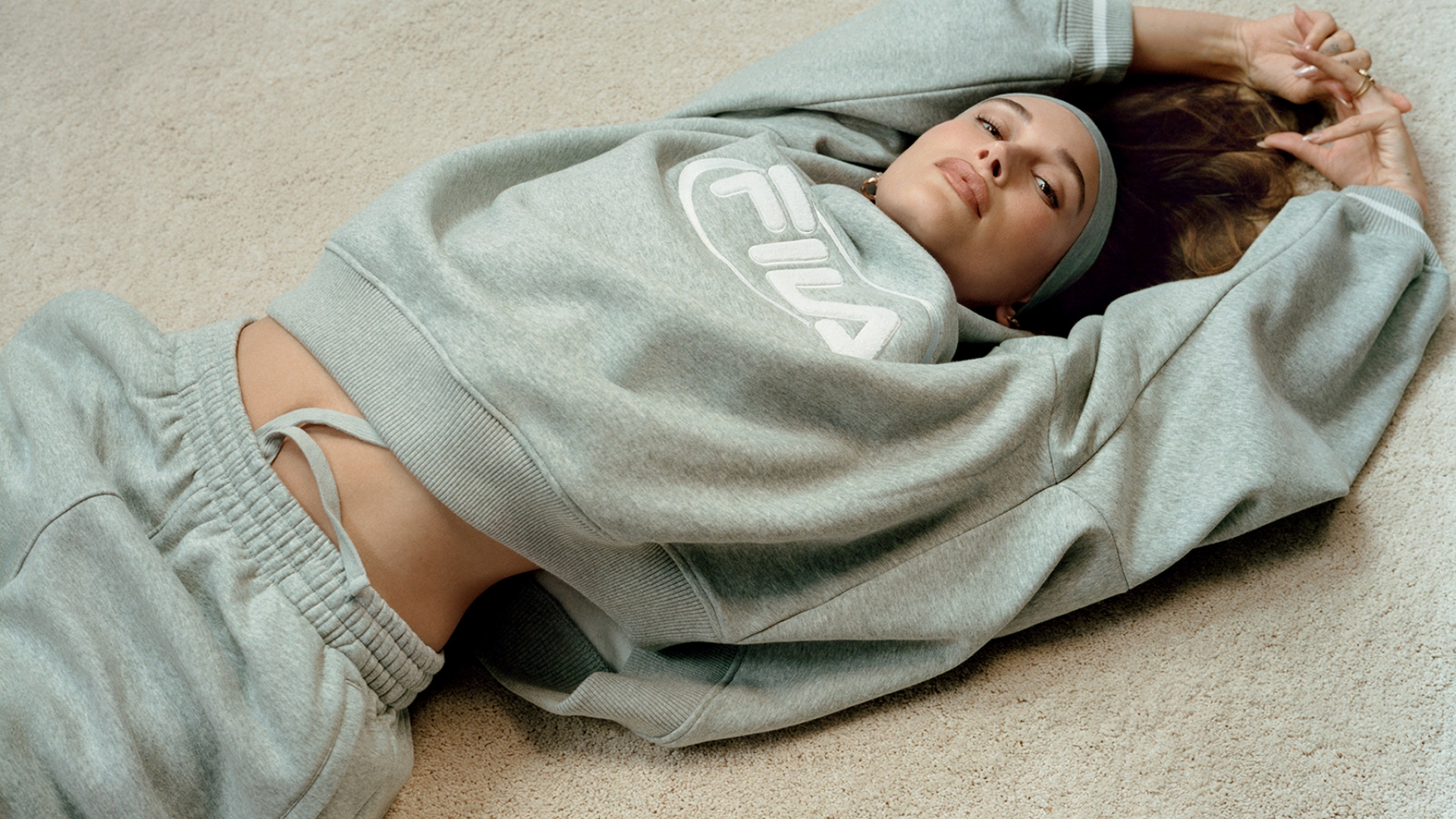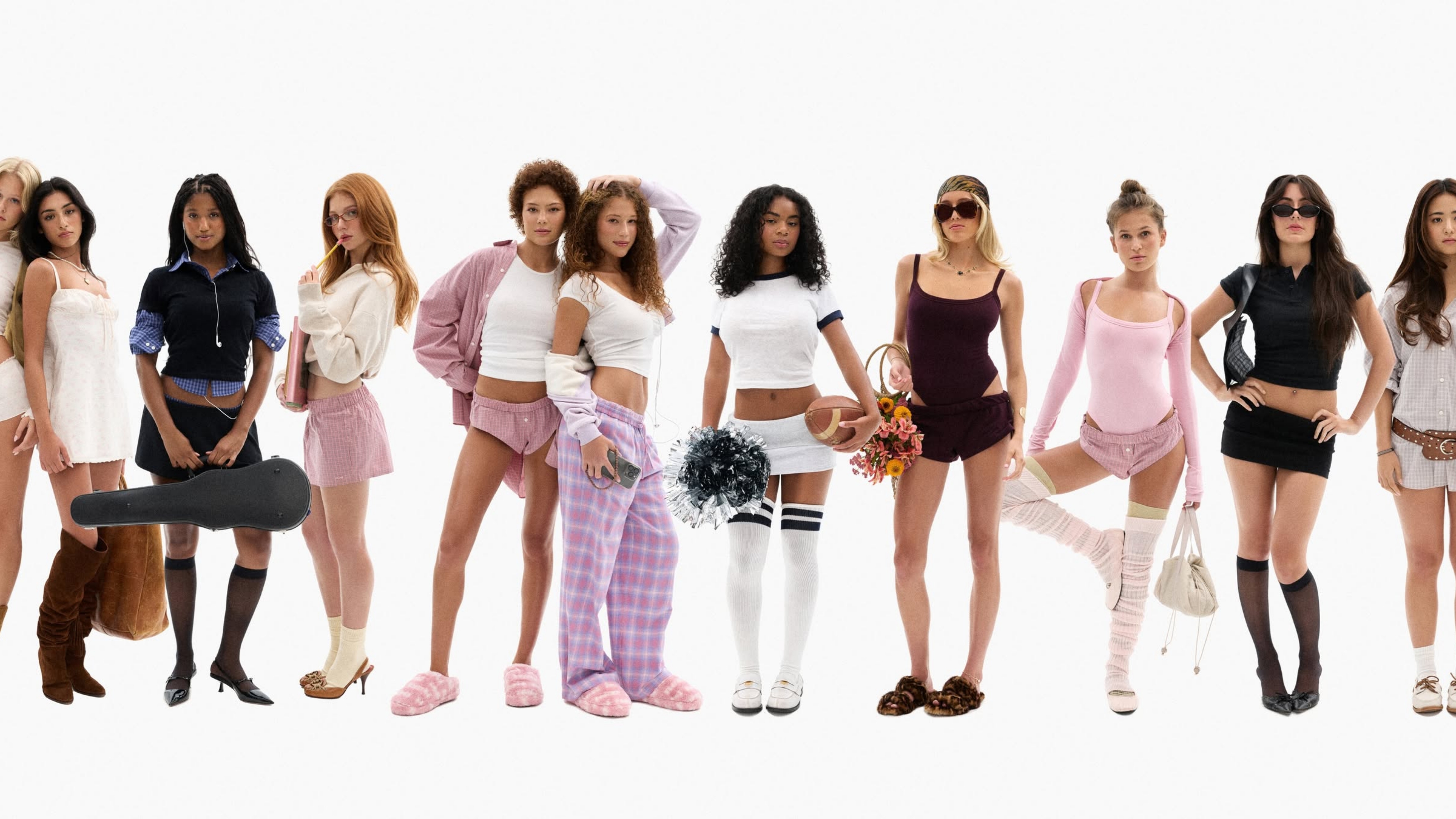The release of the teaser for Greta Gerwig's highly anticipated Barbie movie, featuring A-list actors Margot Robbie and Ryan Gosling, has sparked a wave of excitement and anticipation among audiences. The teaser's impact on popular culture has been nothing short of remarkable, with Barbie-related searches and fashion trends experiencing a sudden surge overnight. As we eagerly await the movie's premiere, it is crucial to delve into the marketing strategy that has propelled this film to such heights and extract valuable insights that can benefit other small businesses and brand owners.
The Power of Barbiecore and Fashion Influences
The resurgence of Barbie in recent years can be attributed, in part, to the growing popularity of the Barbiecore aesthetic. This aesthetic embraces bold and vibrant colours, particularly the iconic shade of pink associated with Barbie. As fashion trends embraced pink hues and other hallmarks of Barbiecore, such as playful prints and feminine silhouettes, the iconic doll regained cultural relevance and became a source of inspiration for fashion enthusiasts.
The influence of Barbiecore extended beyond everyday fashion choices. High-end fashion designers also embraced the Barbie aesthetic, incorporating elements of the iconic doll's style into their collections. Notably, fashion house Valentino showcased hot pink hues and playful designs reminiscent of Barbie in their runway shows. This integration of Barbie-inspired fashion into the high fashion scene further solidified the cultural significance and relevance of the doll.

The impact of Barbiecore on the fashion industry is evident in the increased availability of pink products across retailers in the United States. As the Barbie aesthetic gained popularity, retailers responded by introducing more pink items into their product offerings. From clothing and accessories to home decor and beauty products, the influence of Barbie's signature colour permeated various consumer goods. This shift in the market signalled a recognition of the demand for Barbie-inspired fashion and a willingness to cater to the evolving tastes and preferences of consumers.

Barbie Takeover
- Aldo Unveils Dreamy Barbie-themed Shoes and Bags
- Coldstone Introduces Exclusive Barbie Ice Cream and Cake
- Live the Dream: Book Your Stay at the Barbie Dream House in Malibu via Airbnb
- NYX Cosmetics Introduces a Captivating Line of Barbie-themed Makeup
- OPI's Barbie Nail Polish Collection Hits the Shelf on July 1st
- Step Inside the Barbie Dreamhouse: A Captivating Tour by Margot Robbie and Architectural Digest
- Dua Lipa, Nicki Minaj, Lizzo, and Ice Spice Light Up the Barbie Movie
- Margot Robbie Rocks Iconic Barbie-themed Outfits by Chanel
Barbiecore's emergence and its influence on fashion trends highlight the power of cultural icons and their ability to shape consumer behaviour. By tapping into nostalgia and incorporating elements of beloved icons like Barbie, brands and retailers can tap into a sense of familiarity and evoke emotional connections with their target audience. The popularity of the Barbiecore trend serves as a reminder that culture and consumer nostalgia can have a significant impact on fashion, which is not only determined by runway trends.
Leveraging Social Media and Influencers
The marketing team behind the Barbie movie has demonstrated a keen understanding of the power of social media and influencers in driving engagement and generating buzz. One of the key tactics employed was the release of 24 promotional posters featuring the star-studded cast. This strategic move not only created anticipation for the movie but also sparked a viral sensation. Each cast member took to their personal social media platforms to share their poster, resulting in widespread attention and discussion among fans and followers.

By leveraging the influence and reach of the cast members, the marketing team effectively tapped into their existing fan bases and extended the reach of the campaign. The shared posters became highly shareable content, allowing fans to participate in the promotion by reposting and discussing the movie on their own social media accounts. This organic dissemination of the promotional material significantly contributed to the campaign's visibility and generated a sense of excitement among the target audience.

In addition to the posters, the campaign incorporated a user-generated content (UGC) element through the innovative Barbie Selfie Generator. This AI-powered website allowed users to insert themselves into the marketing posters, complete with personalised catchphrases. The ability to customise the catchphrase added a fun and interactive element to the campaign, encouraging users to actively engage with the brand and share their customised posters on social media. This UGC strategy not only deepened the audience's connection with the movie but also provided a platform for fans to express their enthusiasm and become brand advocates.
By leveraging the star power of the cast and facilitating user participation through UGC, the campaign created a sense of community and excitement around the movie. The extensive sharing and engagement on social media platforms amplified the reach and impact of the campaign, ensuring that the Barbie movie remained at the forefront of the public's consciousness.
Diversifying Marketing Strategies
The Barbie movie marketing campaign serves as a prime example of the significance of diversifying marketing strategies to achieve maximum impact. While digital platforms play a crucial role in reaching audiences, the campaign's success lies in its ability to transcend the digital realm and extend its presence through analogue marketing tactics.
One notable aspect of the campaign's success is its collaboration with various brands and the creation of immersive experiences. The unveiling of Xbox-themed consoles adorned with the iconic Barbie playhouse design showcases the strategic partnership between the movie and the gaming industry, tapping into the interests of a broad audience. This collaboration not only expands the movie's reach but also creates a sense of exclusivity and novelty for fans and collectors.
In addition, the creation of a Barbie-themed hotel where the cast was interviewed further adds to the immersive experience surrounding the movie. This unique concept allows fans to step into the world of Barbie and engage with the brand on a deeper level. The pop-up Barbie cafe in Chicago, complete with a roller skating rink, not only creates a buzz around the movie but also offers consumers an opportunity to connect with the brand tangibly and memorably.

Furthermore, the campaign's partnerships with renowned brands like Bloomingdale's and OPI have served to amplify its reach and reinforce Barbie's presence across different industries. By aligning with established brands, the campaign not only benefits from their existing customer base but also taps into their brand equity and credibility.
By diversifying its marketing strategies, the Barbie movie campaign has successfully captured the attention of a wide audience. It has moved beyond the confines of digital platforms and leveraged collaborations, immersive experiences, and brand partnerships to create a multi-dimensional marketing approach. This diversification has not only expanded the movie's reach but also added layers of desirability and excitement, making the campaign more memorable and engaging for consumers.
The lessons from the Barbie movie campaign can be applied to businesses of all sizes, highlighting the importance of exploring various marketing channels, forging strategic partnerships, and creating immersive experiences that captivate and resonate with target audiences.
The Allure of Nostalgia and Inclusivity
One of the key factors contributing to Barbie's ongoing popularity is her ability to evoke a sense of nostalgia. For many individuals, playing with Barbie dolls during childhood holds a special place in their memories. The Barbie movie marketing campaign recognises and harnesses this nostalgia, effectively connecting with adults who may have fond memories of playing with Barbie dolls and rekindling their interest in the brand.
However, the campaign goes beyond simply relying on nostalgia. It also seeks to be inclusive and appeal to a broader audience. The marketing team recognises that some individuals may have had reservations or felt disconnected from the brand due to the doll's perceived beauty standards and lack of diversity. To address this, the Barbie movie marketing campaign aims to showcase Barbie's evolution and relevance in modern culture.

By positioning the movie as a celebration of Barbie's transformation and embracing a more diverse and inclusive approach, the campaign seeks to attract not only longtime Barbie enthusiasts but also individuals who may have previously felt excluded from the brand. This inclusivity is reflected in the diverse cast, which includes actors like Issa Rae, Dua Lipa, and Alexandra Shipp, who bring their unique styles and perspectives to the film.
By presenting a fresh and inclusive perspective on the iconic doll, the campaign strives to resonate with a diverse audience and create a sense of relevance and connection. This reflects a broader trend in the marketing industry, where brands are increasingly recognising the importance of inclusivity and diversity in their messaging.
Key takeaways
The Barbie movie marketing campaign offers valuable lessons for brands looking to make an impact in their respective industries. Here are some key takeaways:
- Embrace interactive marketing. The use of user-generated content (UGC), AI-powered tools, and personalised experiences can greatly enhance audience engagement. The Barbie movie campaign leveraged the Barbie Selfie Generator, allowing fans to create their own promotional images and be part of the campaign. This interactive approach creates a sense of ownership and connection, driving excitement and participation.
- Tap into nostalgia and inclusivity. Understanding the emotional attachment and cultural significance associated with a brand can be a powerful tool for attracting and retaining customers. The Barbie movie campaign tapped into the nostalgia of adults who grew up with Barbie dolls while also addressing concerns about the brand's beauty standards and lack of diversity. By celebrating Barbie's evolution and embracing inclusivity, the campaign expanded its appeal to a broader and more diverse audience.
- Collaborate strategically. Collaborating with like-minded brands and influencers can amplify reach and create unique opportunities for cross-promotion. The Barbie movie campaign forged partnerships with various brands, including OPI and Bloomingdale's, to create themed products and exclusive experiences. These collaborations not only increased brand visibility but also tapped into the existing fan bases of the partner brands, generating mutual benefits and fostering a sense of exclusivity.
- Maintain an air of mystery. Creating intrigue and anticipation can be an effective strategy to capture the audience's attention. The Barbie movie campaign strategically released teaser trailers, gradually revealing snippets of information and surprise appearances by cast members. This approach generates curiosity and keeps the audience engaged, eagerly awaiting further updates and information.
Final Thoughts
The marketing strategy employed for the 2023 Barbie movie serves as a masterclass in capturing audience attention and revitalising a beloved brand. The lessons learned from this campaign can guide marketers in embracing interactive experiences, leveraging nostalgia and inclusivity, collaborating strategically, and maintaining an element of surprise. By applying these principles to their marketing strategies, businesses can create memorable and impactful campaigns that resonate with their target audience and drive success. The Barbie movie campaign stands as a testament to the power of effective marketing and the enduring appeal of an iconic brand.






.svg)


.svg)
.svg)






